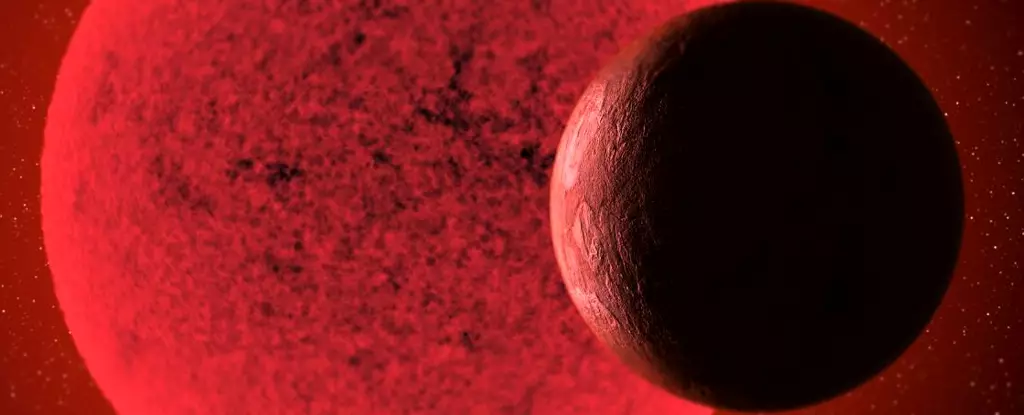Our Solar System is often viewed as an exemplar of balance and harmony. However, the dynamics of planetary systems are complex and delicate, shaped by various gravitational forces and orbital mechanics. Recent research conducted by scientists Emily Simpson and Howard Chen at the Florida Institute of Technology has stirred the conversation around a fascinating hypothetical scenario: what if a super-Earth replaced the asteroid belt between Mars and Jupiter? Their investigation sheds light on the implications of such a transformation, inviting us to rethink the uniqueness of our Solar System.
Planetary scientists have long observed that many solar systems contain super-Earths—planets that exceed Earth’s mass but remain smaller than ice giants like Neptune. These celestial bodies typically reside in closer orbits around their stars, raising questions about their absence in our solar neighborhood. Simpson and Chen’s research stems from this observable discrepancy, prompting them to ponder an intriguing alteration: what if the asteroid belt did not exist, and a new planet emerged in its place? This question opens a Pandora’s box of possibilities that could alter the nature of our planetary dynamics.
The researchers embarked on a series of mathematical simulations to analyze the potential dynamics of the Solar System with various sizes of Earth-like planets—ranging from 1% of Earth’s mass to a staggering 10 times its mass. By incorporating these variables, they studied how the presence of a super-Earth—termed “Phaeton”—would influence the orbital and tilt properties of nearby planets, particularly Venus, Earth, and Mars. The implications of these changes could significantly impact conditions on Earth itself, as both orbital eccentricity and axial tilt play pivotal roles in determining seasonal characteristics.
Simpson reported that the presence of a relatively small super-Earth, at roughly one or two Earth masses, would not drastically alter the habitability of the inner Solar System. Minor adjustments to seasonal temperatures could manifest, resulting in slightly warmer summers or cooler winters. These changes might not be sufficient to threaten life as we know it, allowing human civilization to persist without dramatic disruption.
Conversely, the presence of more massive super-Earths poses significant hazards. The study found that a planet ten times the mass of Earth could disrupt the delicate orchestration of our Solar System, potentially ejecting Earth into a less favorable orbit, thus diminishing its chances of remaining within the habitable zone. This gravitational tug-of-war could intensify seasonal variations, leading to substantial climate shifts that could endanger life on our planet.
The challenge inherent in these simulations lies in the multifactorial nature of planetary interactions. A seemingly small change in one variable could trigger cascading effects throughout the Solar System, such as mounting pressures on Earth’s ice caps, resulting in dramatic climatic events. Identifying these variables and predicting their intricate outcomes is a testament to the complexity of cosmic dynamics.
Simpson and Chen’s research becomes particularly significant in light of the ongoing search for exoplanets. As astronomers develop technology to detect distant star systems, understanding how variations in planetary configuration could impact habitability becomes paramount. If we encounter exoplanetary systems reminiscent of our own—with one crucial distinction being the presence of a super-Earth—it raises vital questions about their potential to harbor life.
The exploration of altered dynamic scenarios within our Solar System holds implications beyond theoretical musings. It serves to elucidate how different histories of formation can lead to diverse outcomes regarding habitability. “If such a planet exists in a solar system akin to ours,” Simpson notes, “the answer to whether its inner regions could be hospitable greatly depends on the mass of that planet.”
The research conducted by Simpson and Chen not only deepens our understanding of solar system dynamics, but it also invites us to reconsider what makes Earth and its neighbors unique in the vast tapestry of the universe. As we ponder these questions, the delicate balance that defines our cosmic home takes on a newfound significance that is both fascinating and humbling.

